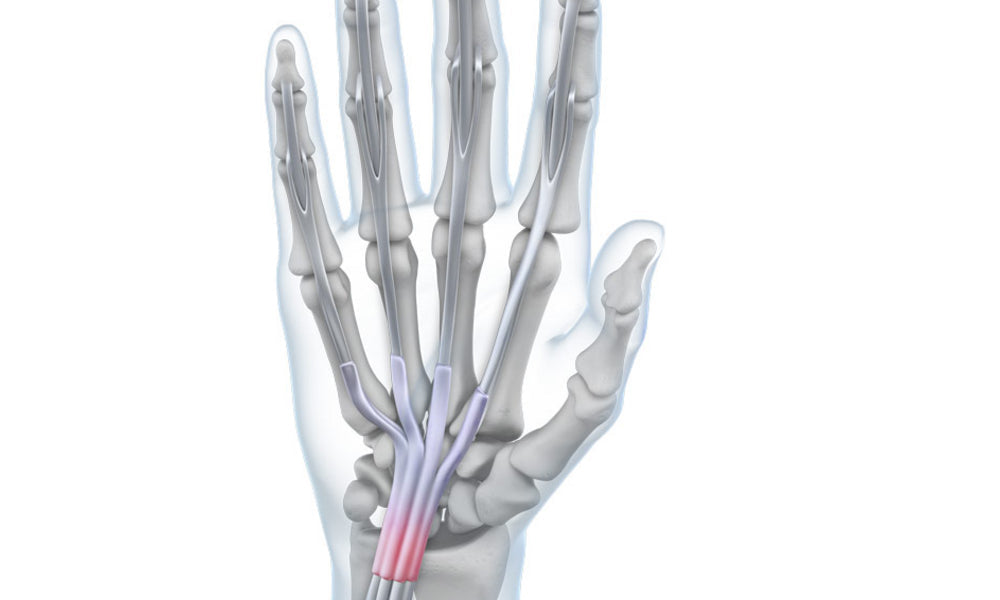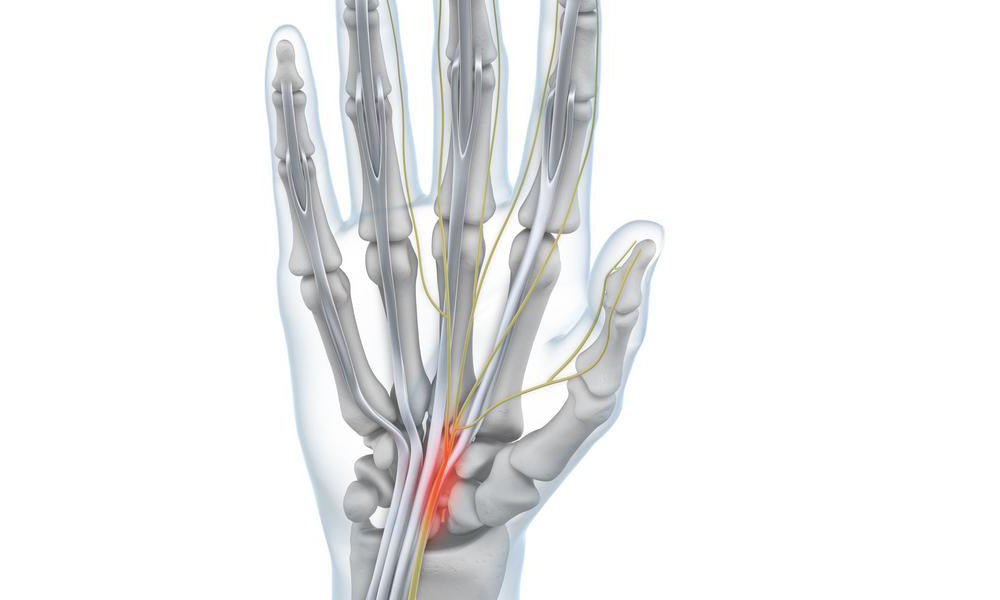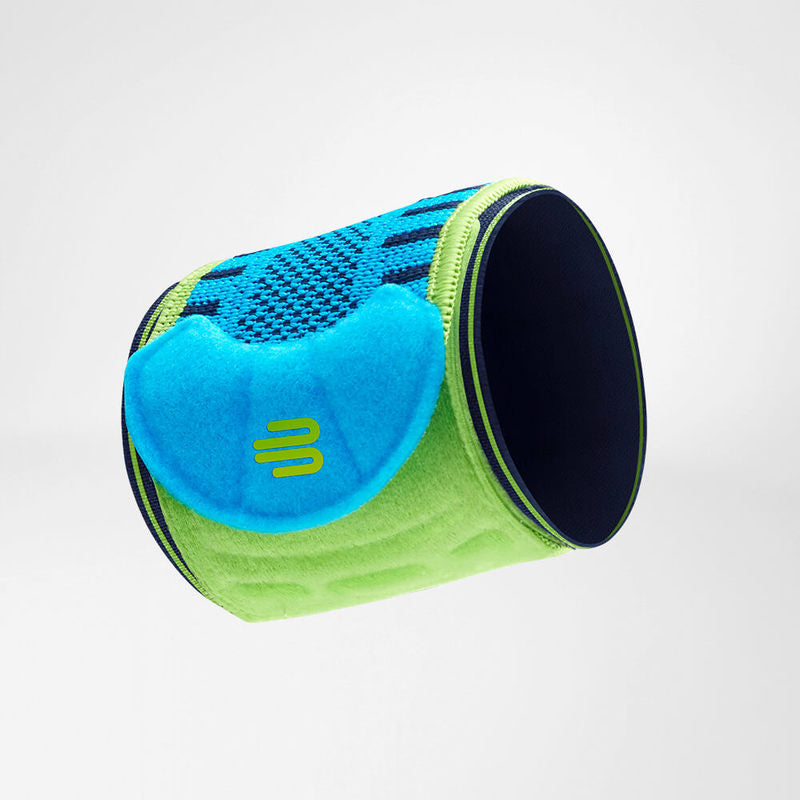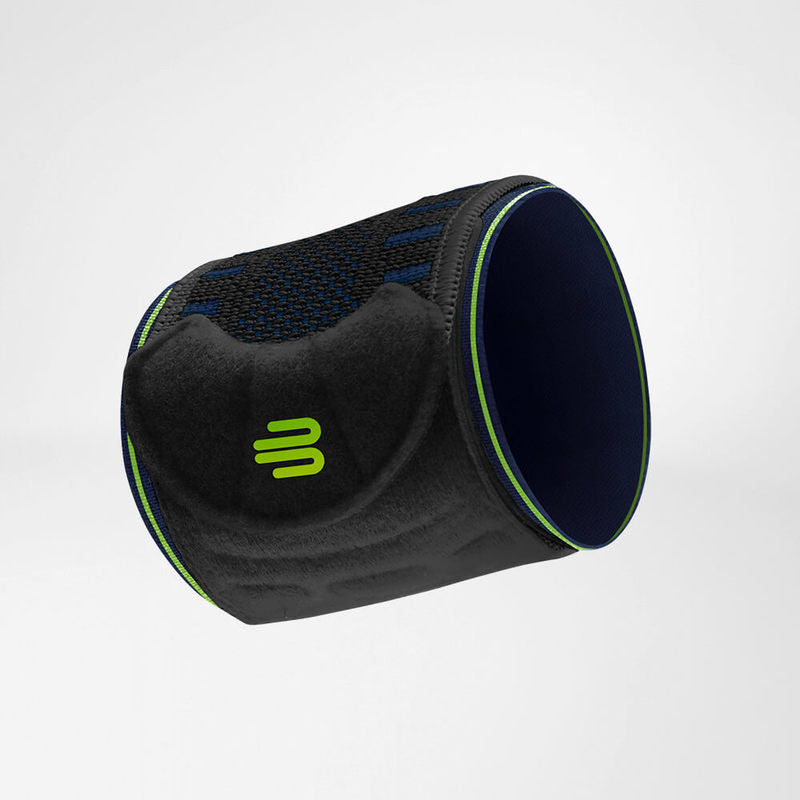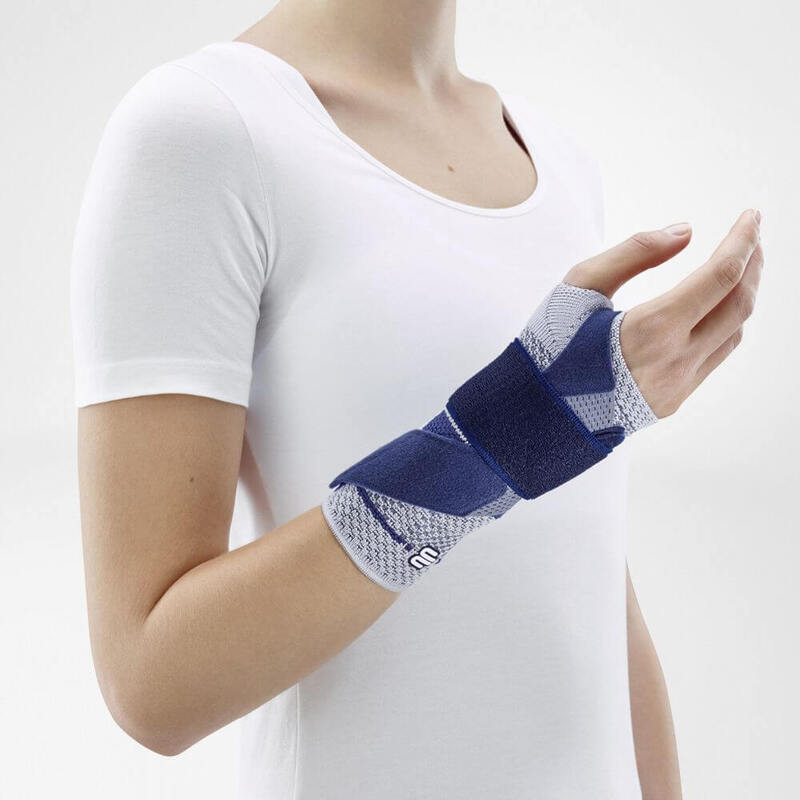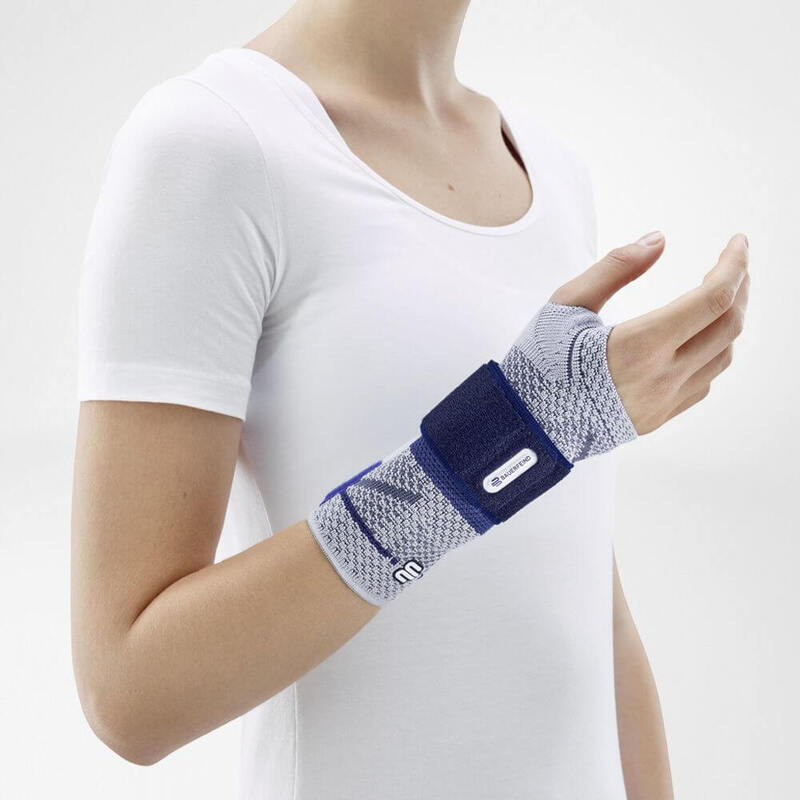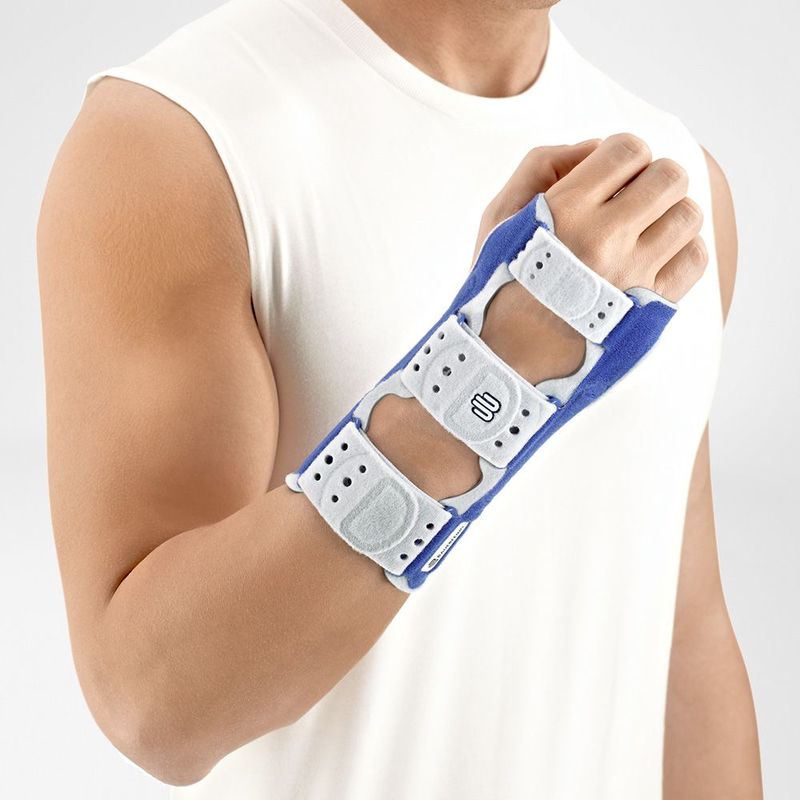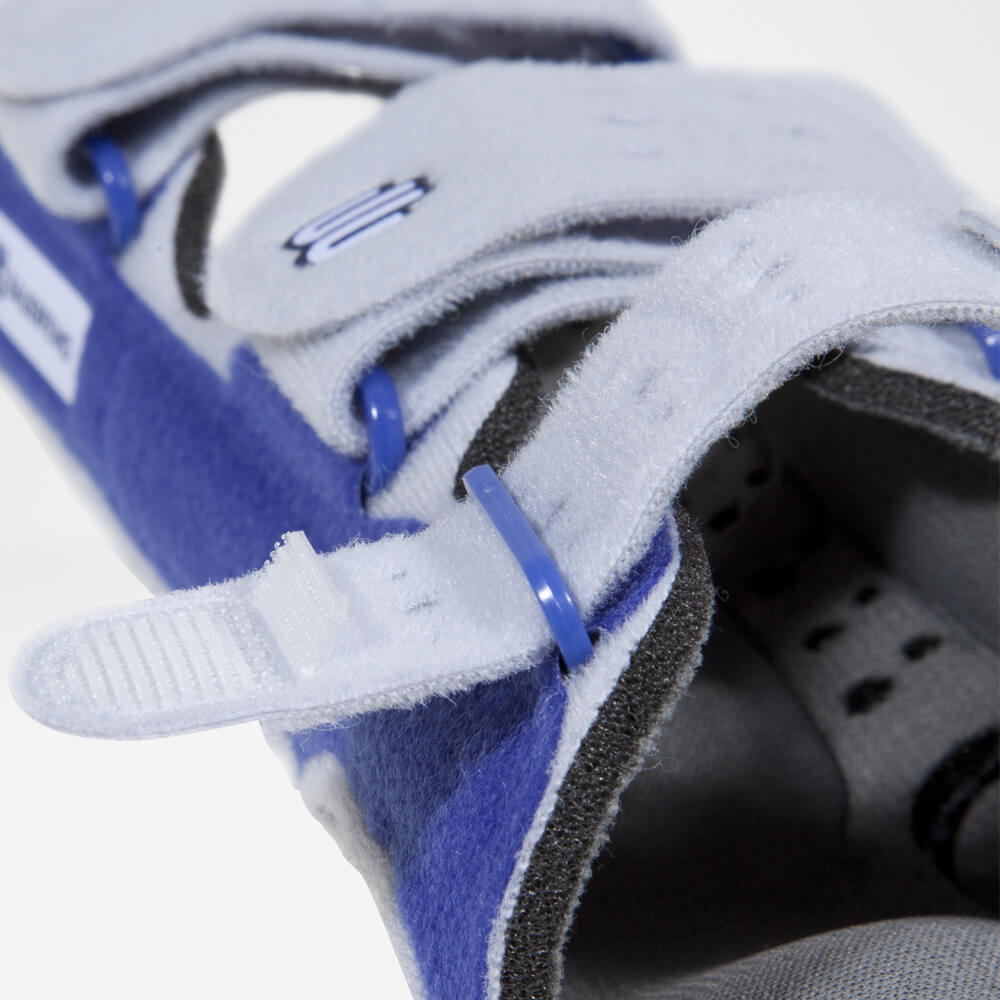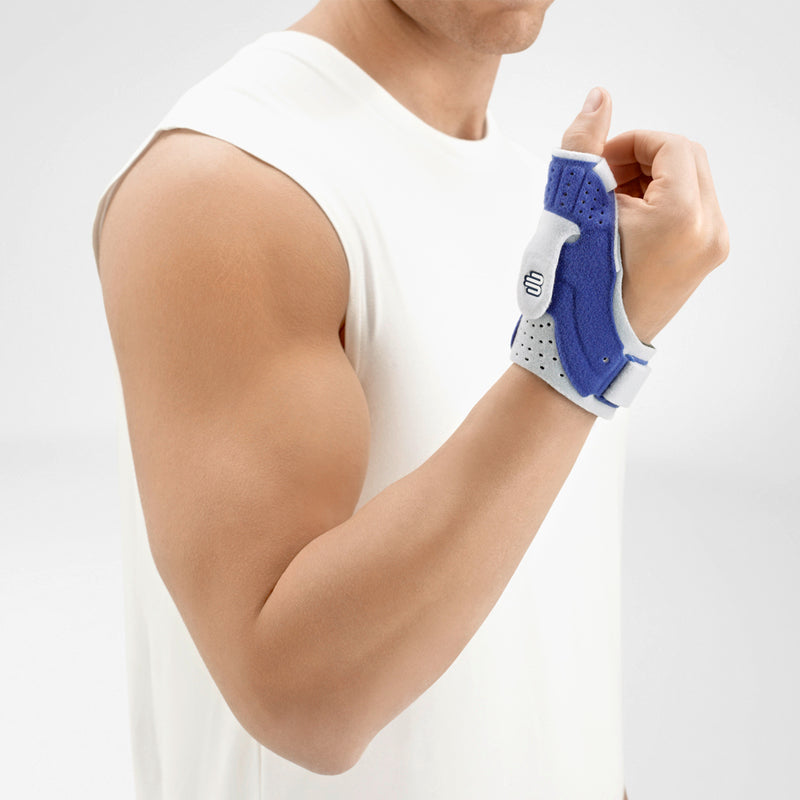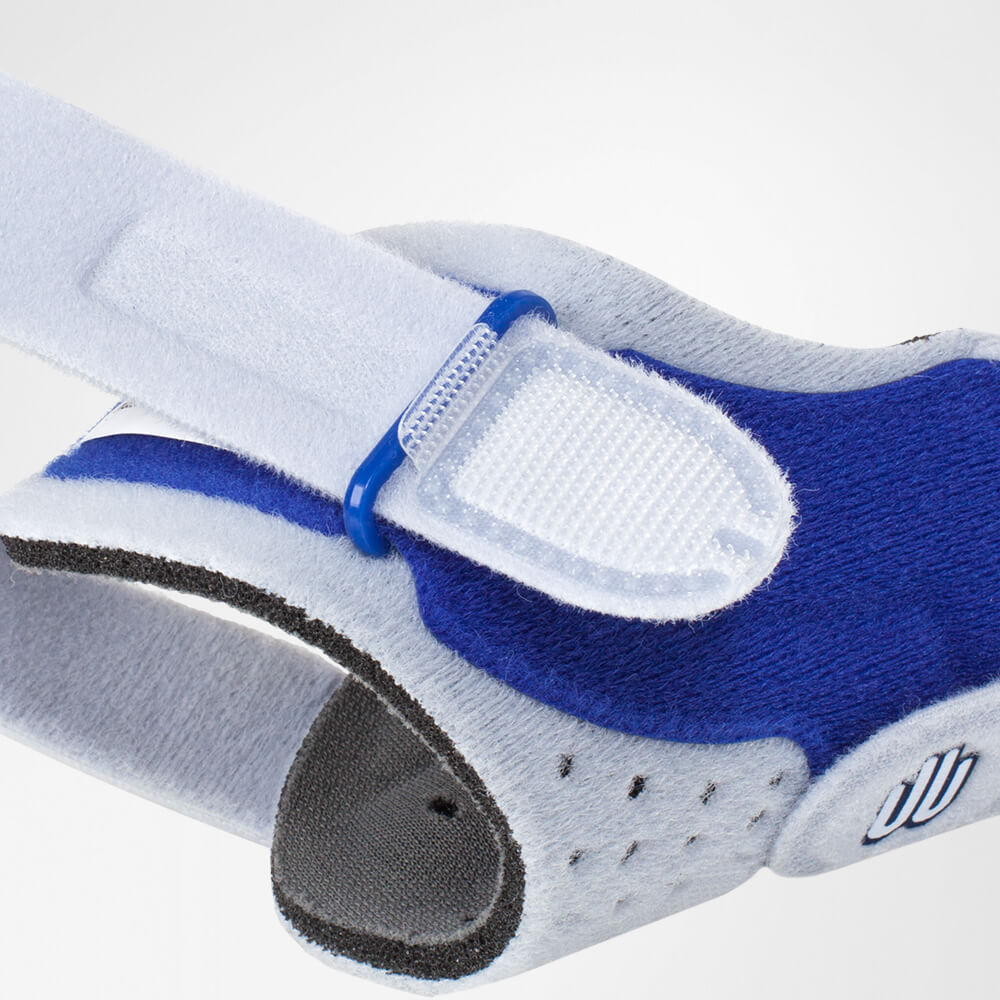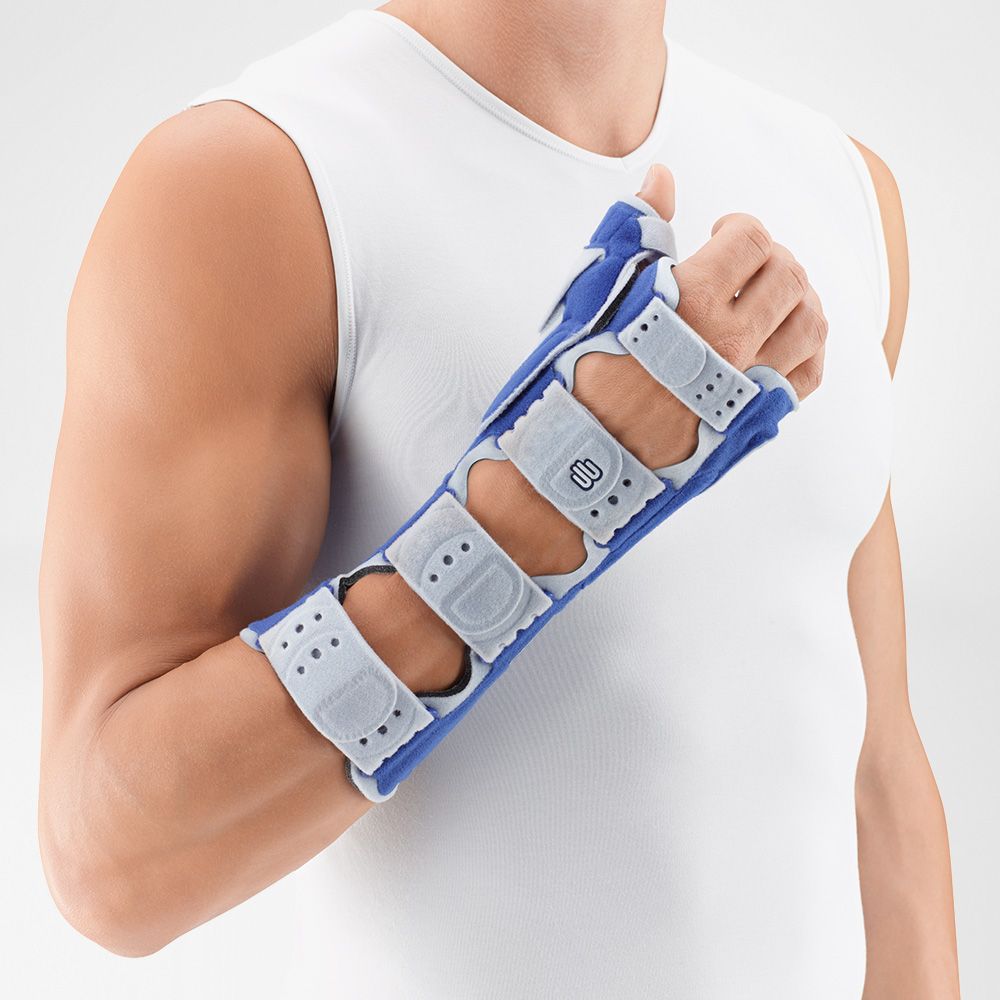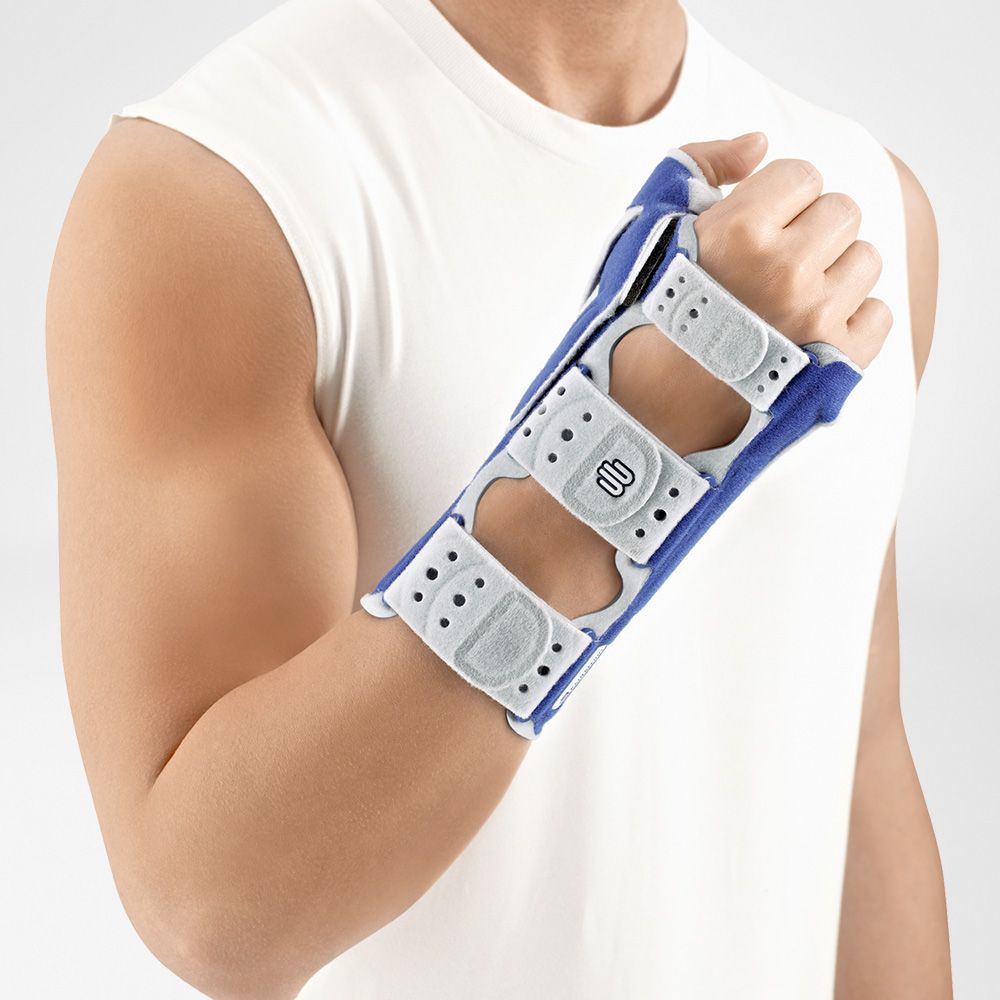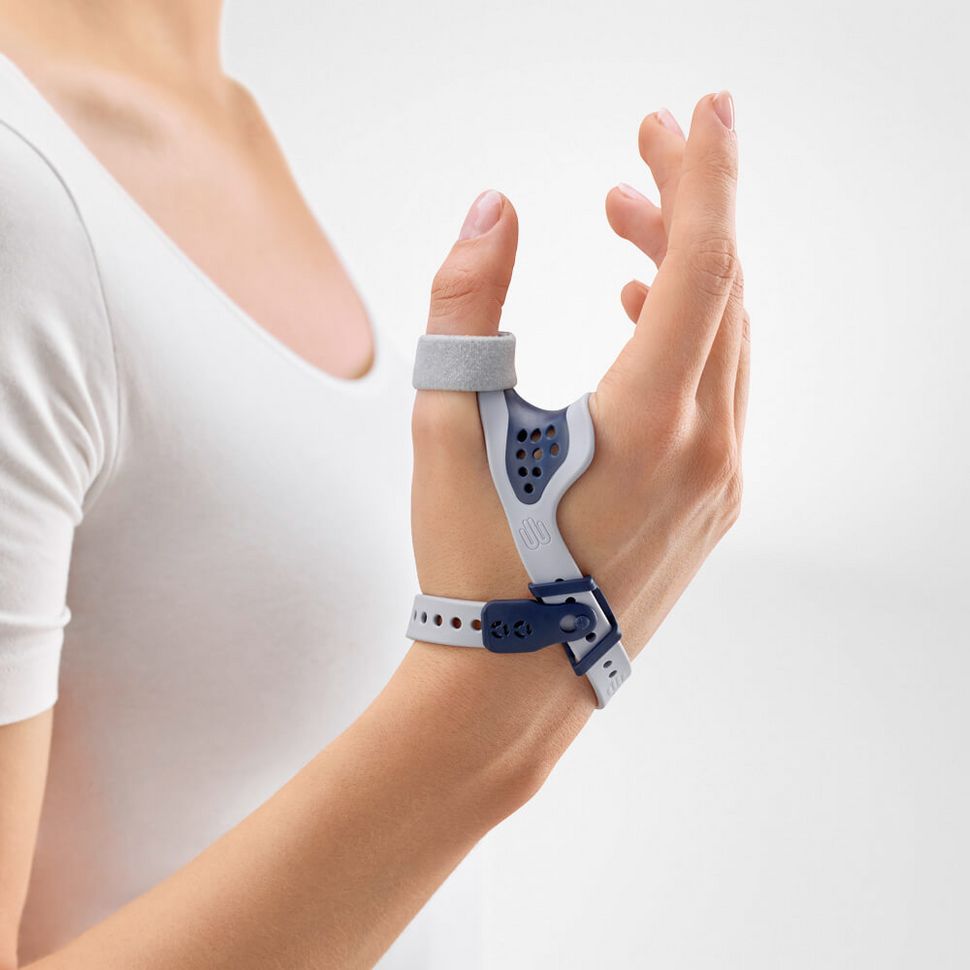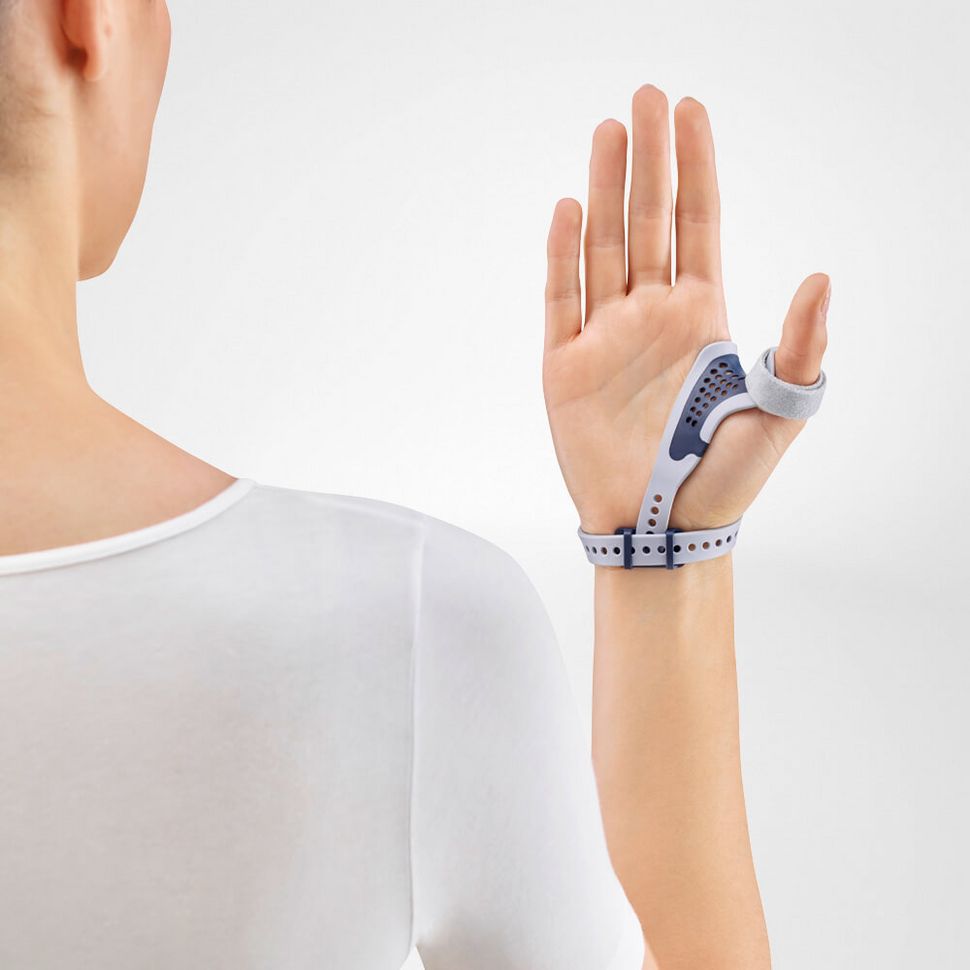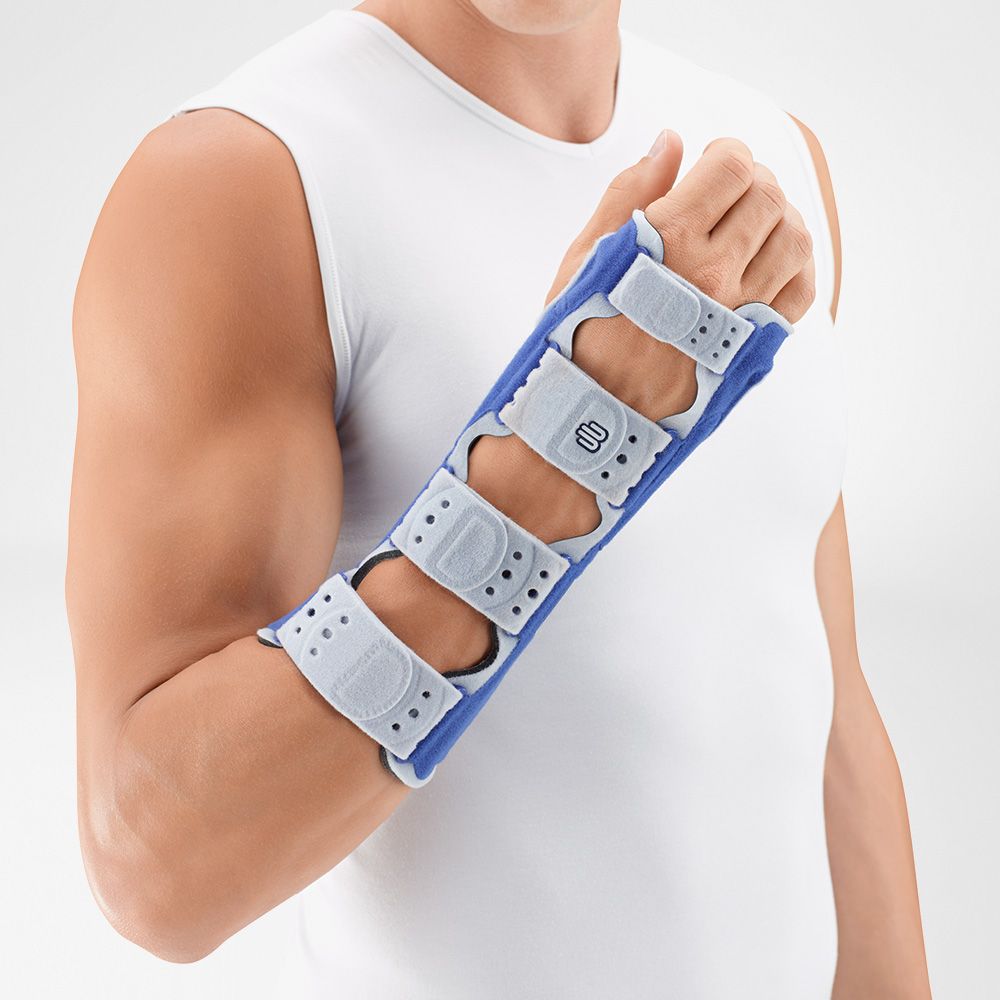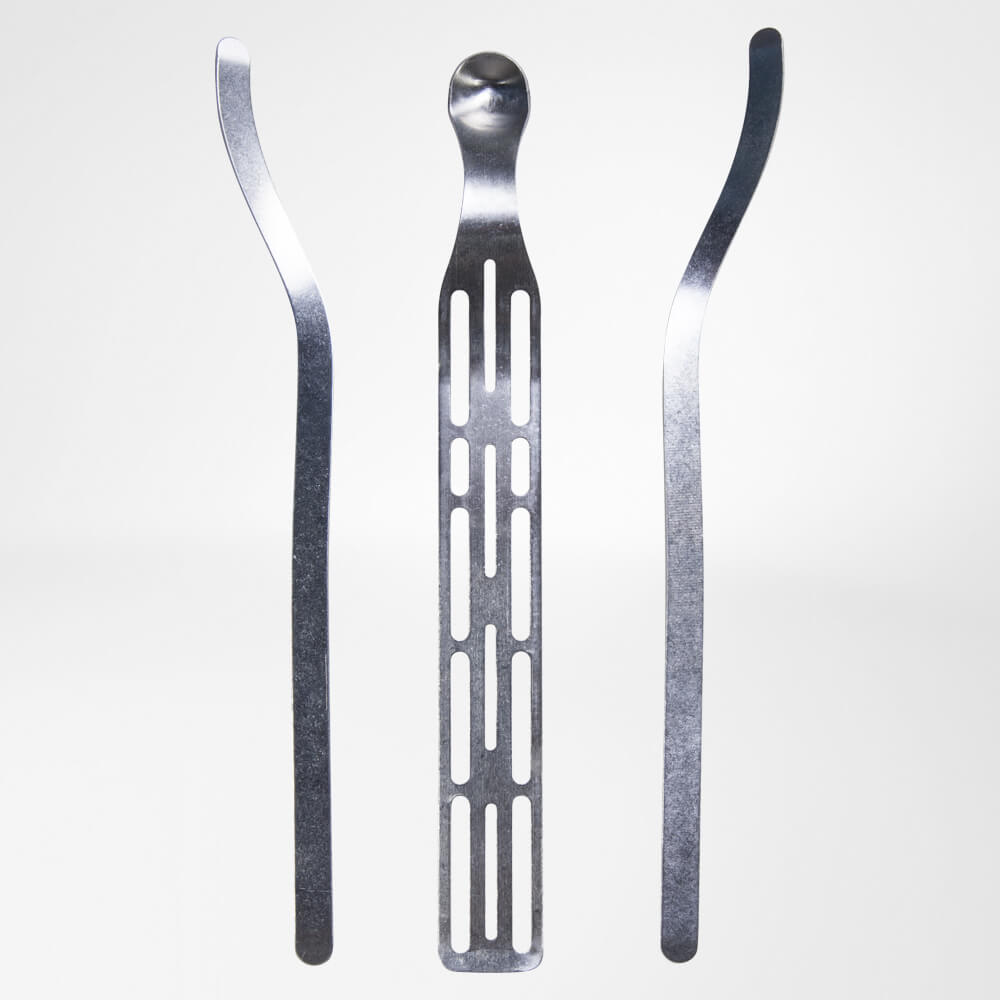Tendonitis: Tendon Inflammation
Our hands are complex structures made of bone, joints, muscles and tendons. Together they facilitate the transfer of power to the hand and the palm allowing for stretching and bending the hand. Overloading of the tendons and the tendon sheaths can lead to pain and burning sensation in the forearm.
This condition is referred to as tendonitis. Patients suffering from this condition find it very difficult to perform daily activities. Pain is especially common while moving and grasping things and in chronic cases of tendonitis, the entire affected limb can be compromised leading to severe pain, swelling and restricted mobility.
A prompt diagnosis and an effective treatment path is the best prognosis and is highly recommended to avoid serious long term complications of degeneration.

Causes Of Tendonitis
The tendons responsible for movement in the fingers and hands are surrounded by connective tissue called tendon sheaths.
A slightly oily fluid called synovial fluid, helps nourish and lubricate the tendons and tendon sheaths preventing excess friction when the arm is used.
Some factors can lead to the degeneration of this complex system and can lead to tendonitis. Some of the most commonly known factors include:
- Overstressing the arm and hands often leads to the wear and tear of the tendons and the sensitive tendon sheaths. Repeated long term movement, common to some fields of work for example, in sports (repeated swinging of a bat) or in music (repeated use of hands to play a violin for instance) can lead to over-stressing the forearm and the hands.
- This reduces the gap between the tendons and the tendon sheaths resulting in increased irritation when the two rubs against each other. The synovial fluid is unable to properly lubricate the surrounding area.
- Lack of ergonomics in the workplace can lead to repetitive strain injury syndrome. Poor quality of infrastructure or poor utilisation of infrastructure like tables and mouse pads (quality and fit) can lead to overstressing the hands. For example, uncomfortable chairs or tables (specifically the height of the table) are fairly common stressors.
- In some rare cases, patients might develop tendonitis due to a bacterial infection of the tendons in the forearm.
Tendonitis Symptoms
Tendonitis is almost exclusively a disease of the hand and wrist. Some of the most commonly known symptoms of the condition include:
- Pain when turning the wrist or trying to grip things
- Grinding and grating sounds
- Associated swelling of the affected limb
- Development of thickened areas in the inflamed tissue
- Severely restricted mobility
- Redness and tenderness of the skin near the affected tendon sheaths
In chronic cases of long term neglect or degeneration, the entire limb is compromised. A patient experiences severe pain even without stressing the tendons and can be inconsistent pain and discomfort. The arm is rigid, and the patient’s mobility is severely restricted.
An early diagnosis is highly recommended to avoid serious long term complications.
Diagnosis Of Tendonitis
A medical professional begins with a complete patient history and complete physical examination of the elbow. This provides critical information about the risk factors to the patient as well as allows for a study of the progression of the condition.
Sophisticated imaging technology like X-Rays and ultrasound can be used to get more information about the condition of the bones, muscles and tendons in the joint.
Treatment For Tendonitis
Treatment for tendonitis is mostly conservative. Proving ample support and stabilisation to the joint can help control the damage done to the tendon sheaths. Early intervention is the best course of action to prevent degeneration and permanent nerve damage. Only in severe cases of chronic tendonitis does surgery become a viable option.
Ergonomic Redesign Of Workplace
One of the most efficient preventative measures against mouse arm would be to work with the employer to redesign the office infrastructure with well being in mind. Comfortable chairs and adjustable tables are good examples of a simple measure that can be taken in everyday life.
If using a computer and mouse are instrumental at work, use of a comfortable and proper sized mouse with a mouse pad can significantly reduce the risk of mouse arm.
Immobilisation
Immobilizing the forearm temporarily has proven effective to manage the symptoms of the condition. This allows the wrist to rest and heal quicker. Patients should be careful not to prolong the immobilisation period for too long since it can lead to the tendon and tendon sheath sticking together.
Rehabilitation, Physiotherapy And Occupational Therapy
Regulated occupational therapy helps with targeted muscle training and is a proven effective treatment path. The physiotherapy exercises can help promote reorganisation of the muscles and are the most effective option to curb the disease.
Encouraging healthy proprioception and strengthening of the muscles in the wrist helps prevent long term degeneration. Physiotherapy can be effectively used to regain coordination and mobility of the hand and forearm after the period of immobilization.
Prescribed Drug Therapy
Painkillers such as Ibuprofen or Panadol can be used to help alleviate pain and discomfort in patients. Pain, however, is a crucial indicator of the injury. Painkillers merely mask the pain without addressing the underlying condition. Long term use of painkillers has side-effects and can be counter-productive.
In cases with significant swelling, it is highly advised that patients use anti-inflammatory medication to relieve the tendon sheaths and seek relief. Use of cryotherapy alongside medication (cold blankets or ice packs) can greatly help control swelling.
Medical Wrist Brace
A medical wrist splint helps reduce the pain and discomfort patients experience by relieving the joint. Wearing a Bauerfeind wrist brace like the ManuTrain or ManuLoc active can minimise the chances of injury by providing enhanced stability, proprioception and medical-grade compression. This is not found in simple neoprene sleeves and braces and can be instrumental in a speedy recovery.
Surgical Intervention
Only in advanced cases is surgery required. The surgeon removes thickened tissue that constricts the tendon sheaths. The ring-shaped ligament can also be split lengthwise to provide some extra mobility. In most cases, the operation can be performed on an outpatient basis under local anesthesia. Patients opting for surgery in advanced cases have found relief from their symptoms.
Tendonitis Medical Wrist Braces & Supports

The ManuTrain is a compression sleeve that targets the areas most commonly inflamed with inbuilt gel supports that reduce swelling and inflammation, and massage the area constantly to relieve pain. An adjustable strap and removable stay make this ideal for milder cases, whether you’re at home, at work or playing sports.
A medical wrist orthosis like the ManuLoc can be instrumental in providing relief from tendonitis. The brace can effectively immobilize the wrist and provide stability. The ManuLoc has been designed specifically to be a great alternative to the traditional gypsum plaster splint. The ease of putting on and taking off the orthosis compared to the traditional plaster allows patients to comfortable apply ointments and medication on the affected limb.
Bauerfeind braces are designed to protect and provide ample support to the tendon sheaths when bending or stretching the wrist. This effectively relieves the limb and facilitates pain-free movement. Daily use of the brace allows for an ideal treatment path and has proven highly effective. The light breathable material makes it perfect for everyday use.

